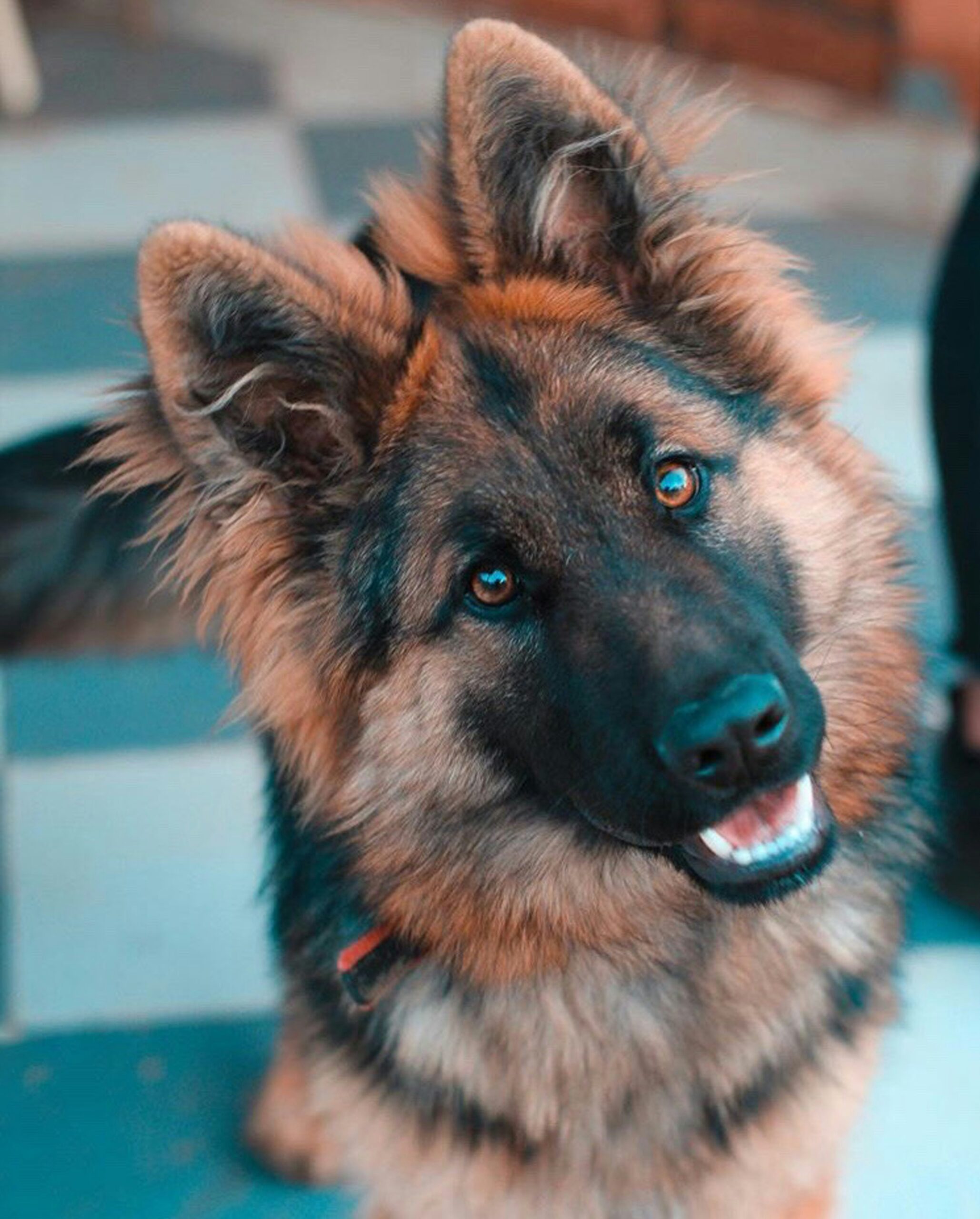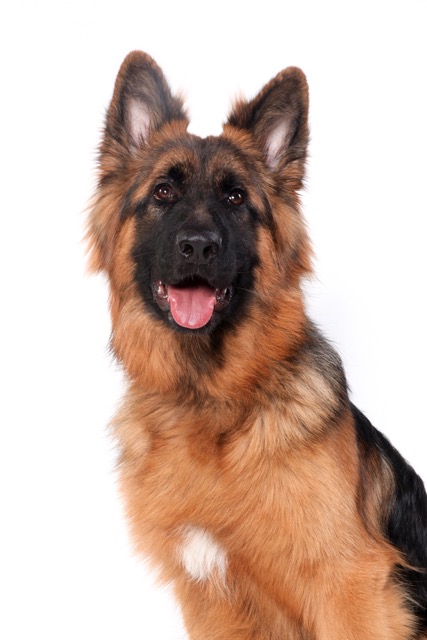
How to train German Shepherd
German Shepherd Dog Characteristics and Temperament
Sharing your life with a German Shepherd Dog means you’ll have a highly intelligent and devoted best friend. German Shepherd Dogs have been the candidate of choice for all manner of work including herding, guarding, service dog work, and police work. To provide your dog with their best life, it’s important to consider what the breed was developed for, the general traits of a GSD, and developmental milestones to consider when setting a plan for training and socialization. While each dog has a unique temperament and personality, if they adhere to the breed standard they’ll be active, athletic, alert, protective, biddable with family members, and highly intelligent. These traits served them well for their original purpose, herding and protecting flocks of sheep.
German Shepherd Puppy Training
Training a German shepherd puppy can feel overwhelming at times. It’s important to prioritize goals so you have a plan to follow and meet your puppy’s needs during each phase of development. House training, time alone skills, curbing nipping, impulse control and basic manners should rank high on the list of foundation training goals.
When to Start Training German Shepherd
Training and socialization should begin as soon as you bring your puppy home. The period of 8-16 weeks is a critical period of development, and is especially important for a German Shepherd since they tend to be sensitive. At this time the pup has not yet developed strong opinions about the world, so you’re starting with a clean slate and can help your pup reach their full potential based on their temperament and personality.
What Type of Training Approach to Use with Your German Shepherd Dog
Choose an approach that helps you effectively reach your goals and has the added benefit of creating a trusting bond between you and your GSD. Positive reinforcement based training is a sure fire way to motivate your GSD to want to play the training game with you and to be eager to learn.
Positive Doesn’t Mean Permissive
Setting clear and consistent boundaries and rules, using management tools (like a crate and on leash supervision) in combination with teaching and rewarding desired behaviors will result in a mannerly, handleable, and appropriately social adult dog.
Timing is Key
Providing precise feedback is a key component to helping your dog learn. The use of a marker word, like yes or good, means you can give your dog the most accurate information about what behaviors to repeat. You can ‘charge up’ your marker by waiting for your dog to do something you like (such as sit or look at you) then saying the marker word and offering a food reward. Repeat this about ten times and your dog will start to make the connection between the word and the reward. Now when you’re teaching a new behavior you can use this tool (the marker) to essentially take a sharp focused picture of the behavior for your dog. The marker says “that behavior you did right as you heard ht marker word is what works!”
Teaching German Shepherd Sit, Down, and Stand
The basic commands sit, down, and stand can all be taught using lure and reward training. To lure you’ll hold a treat in your hand and at your dog’s mouth and move your hand to get your dog to follow it into the desired position.
- For sit, move your hand from your dog’s mouth very slightly up and back towards your dog’s forehead. This way their head will go slightly up and back and their rear will hit the floor.
- For down, move your hand from your dog’s mouth straight to the ground and then slightly in towards your dog’s feet. This was their head will go down and they will slide back into a down.
- For stand, move your hand from your dog’s mouth up and forward to the spot where your dog’s head will be when they stand. This way they will stand up from the sit or down and move into the stand position.
- Once your dog is reliably following your hand into the specific position of sit, down, or stand you can add the cue/command of “sit” or “down” or “stand” right before you make the hand movement. This way you’re connecting with the known hand movement and the behavior.
Come When Called
Perhaps one of the best examples of the usefulness of the marker is for teaching come when called. This is one of the first behaviors you should teach your dog because it is the key to them having more freedom to run about in safe areas in the future. The foundation of come when called is hand targeting; teaching your dog to touch their nose to your palm when you present it after saying a cue like “here!” or “touch!.”
- Present your flat palm about 3-6” from your dog.
- They are likely to touch it with their nose out of curiosity. Say your marker word the moment they do and then give a tiny treat.
- Repeat about 10-20 times in a session.
- Gradually increase the distance you are away from you dog when you present your hand, and then mark and reward when they come to you and touch it with their nose.
- Once you are confident your dog will touch your palm when presented, you can start adding the cue/command word of your chose. For example, say “here!” right before you present your palm, and then mark and reward when they come to you and touch it.
- Sprinkle in loads of hand targeting practice sessions throughout each day so your dog has lots of opportunities to build a strong learning muscle in various environments, at varying distances, and around various distractions.
Crate Training and House Training for German Shepherd
Crate training and house training go hand in hand. By teaching your pup to rest calmly and quietly in a crate for short periods of time, you can most accurately predict when they need to eliminate. Crate skills also serve to see your pup safe when you can’t watch them and to help prevent separation anxiety in the future. Additionally, crate skills are valuable if you ever want to travel with your dog and/or if they are prescribed crate rest by the veterinarian.
Introduce your pup to the crate by keeping the door open at first and simply placing their food bowl in it to encourage them to enter. After a couple of days, sit next to the crate, place your pup in it at a time when they are most tired., and give them a food stuffed chew toy. This scenario sets them up for success and is the foundation to build upon as you gradually increase the time they rest in the crate.
Shepherd Puppy socialization
GSD can be sensitive to changes in the environment, something highly prized in a dog bred to herd and guard. As this propensity relates to companion dogs, GSD need extra diligent guidance with early and ongoing socialization. A dog that is expected to be vigilant about their family should also be a dog that is safe and comfortable around family and friends. So, be sure to plan for individualized interactions with people outside of the family starting when your puppy is as young as 8 weeks old. Allow your German Shepherd puppy to have the opportunity to choose to interact with their new potential friend, rather than the situation being forced on them. That means letting the pup approach and otherwise interact on their own time. The use of calm praise, toys, and healthy food rewards will help make your pup at ease and help them to make positive associations. A puppy kindergarten class can be a great opportunity for your Shepherd puppy to meet people and other pups while supervised by an experienced, professional trainer.
How to Groom a German Shepherd Dog
GSD are double coated, with the undercoat being quite dense. They tend to shed quite a lot throughout the year, and ‘blow; or shed their undercoats twice a year. You can better manage clean ups in the home if you regularly brush your dog’s coat. Get your GSD puppy used to daily grooming sessions that are very brief to start and paired with food rewards. Pay attention to their paws nails, mouth, and ears as these tend to be areas your dog may be more sensitive about.
How to Improve Your German Shepherd Dog’s Leash Manners
Help your German Shepherd to have excellent leash manners by practicing the follow me game with them indoors to start. Have a handful of very tiny, high value treats and use them to guide your dog to your side and to step forward with you as you say “let’s go.” Le them know how great they are when they step off with you, give a reward, and then lure your dog to sit at your side by holding a treat at their mouth and lifting slightly up and back. Use your marker word and then give a reward. Repeat these steps in three to five minute sessions throughout the day. Gradually increase the number of steps
Preventing Separation Anxiety
German Shepherd Dogs tend to be incredibly bonded with their people and love nothing more than spending time with them. This means it’s crucial to help them learn to develop self-pacifying skills starting as soon as they arrive home.
Ways to prevent separation anxiety include:
- Leave them to rest in their crate for a few minutes to start and gradually increase to longer rest times.
- Keep arrivals and departures calm so you can help your dog not to be overstimulated when you leave nor when you arrive home.
- Give your dog plenty of food stuffed toys and other durable chews to keep them occupied.
- Consider leaving the TV on or playing music to help decrease stress.
From 9 Months to 24 Months
Many GSD are not fully developed until 1.5-2yrs of age. This means that ongoing guidance and reinforcement is vital in order to help them make it through their teenage and young adult months with loads of opportunities to continue practicing good manners and social skills. It’s also important to remember that German Shepherd Dogs were created to have a strong working drive. A GSD without a job can easily become bored and stressed, resulting in countless behavior issues. Being that they are such versatile dogs, you have a whole host of activities that you can share with your dog to keep them physically fit and to provide outlets for their intelligence. Chat with your veterinarian and trainer to make a plan for what activities are most appropriate for your GSD based on their age, health, and personality. This might be an organized sport like agility, scent work, obedience, or herding trials. Or it could be setting a goal for therapy dog certification and visits. Regardless of the chosen activity, your GSD will relish time spent with you.
Explore Our Dog Training Courses
Educate your dog with Andrea Arden and her team.
New York | Los Angeles | Connecticut
Share
- Group Classes
- Private Lessons
- Virtual Training
- Puppy Play Groups
- Puppy Training
- Articles & Advice



